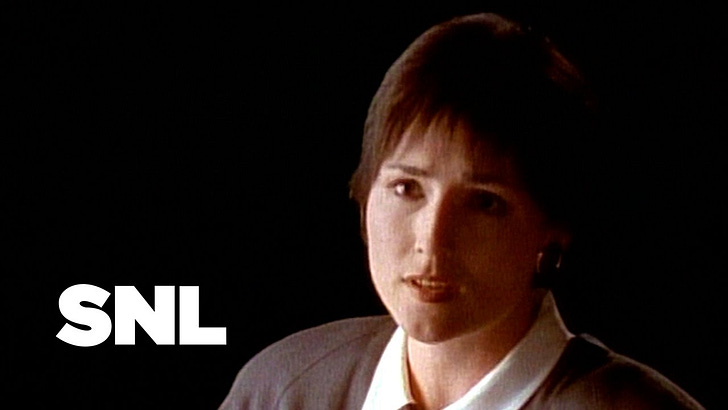Pro Tip: Most software, and in fact most businesses, is held together with duct tape and baling twine.
But because it’s so shiny on the outside, and all the duct tape is hidden inside, everyone outside believes it’s a well-oiled machine of perfection.
It’s not.
Though it is waaaay better than it used to be.
Unfortunately because of this mismatch, too many early stage founders believe they can’t charge full price, or at all, until their product is perfect inside and out.
This belief defeats the founder’s entire value proposition.
If businesses were perfect - they wouldn’t need any outside help, they wouldn’t need improvement anywhere. There is quantifiable value in every improvement.
To make matters worse, too many founders are often unsure of what a successful customer improvement looks like …. even though they’ve spent months and months building.
So, once the initial version is built (to the founder’s satisfaction), they try to secure free pilots during which early customers are either:
quietly savoring the competitive advantage this new capability gives them, deterring the founder from pursuing other customers.
or promptly ignoring the product because they’ve no skin in the game, and they don’t know how the product will help them.
The former means we’ve left money on the table from the start.
The latter means we’ve over-invested in the product from the start.
None of those pilot customers (or ‘design partners’) are going to convert to paid. As such, free pilots are a poor proxy of future customer demand.
I say this from being able to only run free pilots on dozens of new ventures (a rant for paying member’s only) - therefore never securing a true sense of demand on any of them.
This, and too many experiences of founders not getting paid for the early value they create for customers has left me with five, perhaps controversial, criteria for early stage customer pilots:
Garrick’s 5 Guidelines for Pilot Programs
They are always paid.
They are always pre-product.
They are always extremely short (<1 month).
They always have a customer-defined success metric.
They always result in a 4-paragraph case study with a quote from the buyer.
Let’s have the confidence we can change our customers in a meaningful way - how ever small - and get paid for it.
One founder I talked with recently has a platform with multiple products, but only sells one at a time to each customer. Their rationale,“it can be too overwhelming to change everything at once, going one at a time allows us to get to know the customer and for the customer to see the benefit in one area quickly.”
Is this a pilot? No. This is a sales and customer success strategy focused on LTV.
Need help navigating what this means for you and your initial customers? Just reply.
I’m considering offering a multi-session workshop (maybe in-person, maybe Zoom) to help founders generate more revenue by improving their pricing - whether or not their product is ready. I’m thinking 4 * 90min sessions, something like;
Session 1: Clarifying the compelling customer problem.
Session 2: Quantifying the customers’ current costs and price ceiling.
Session 3: Surveying the costs and pricing of competitive solutions.
Session 4: Developing the initial value-based price range.
What else would you like me to cover?




